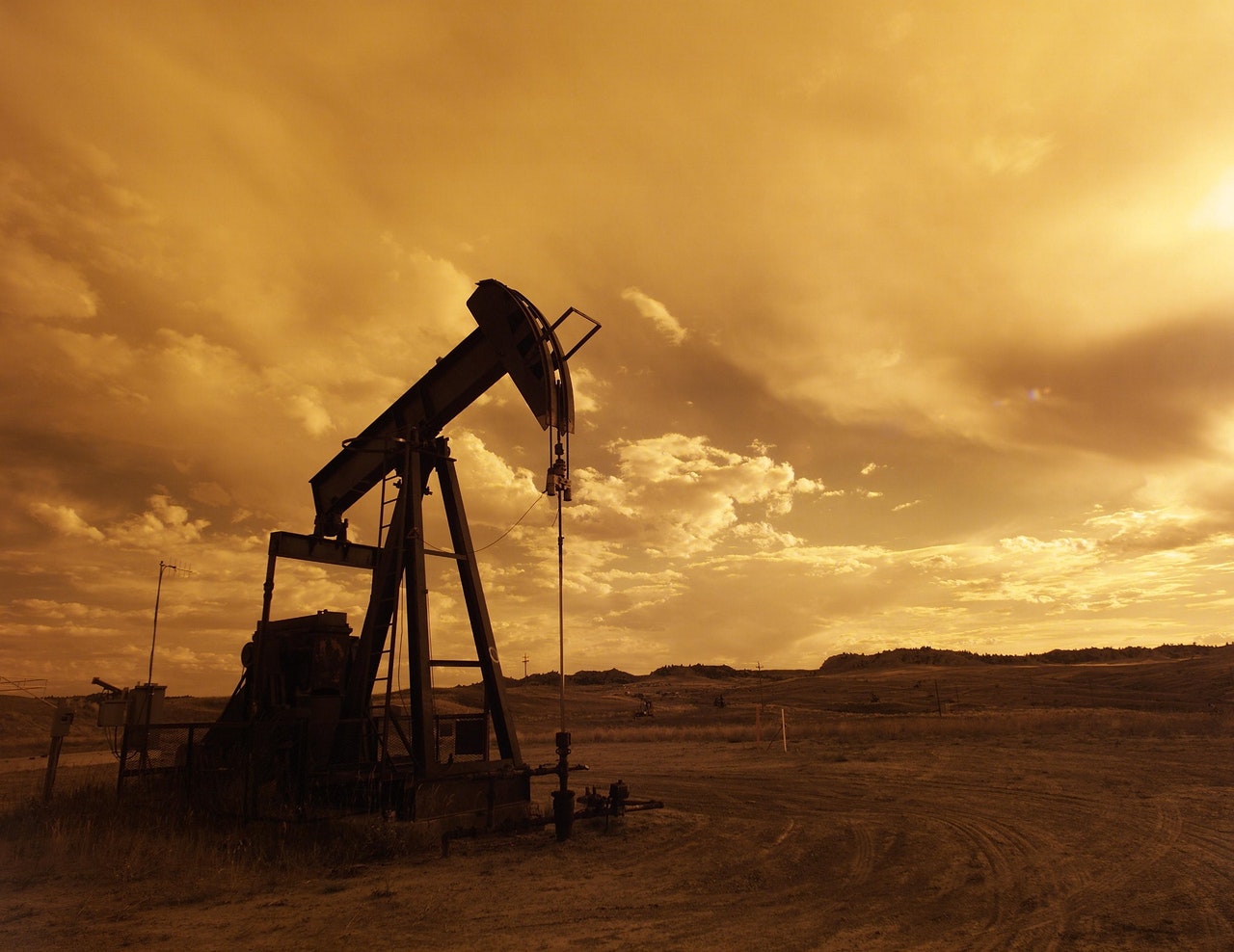There are places in the world that still don’t have access to running water. What may surprise you is that there are even places in Australia that aren’t on the mains supply. In many cases, they are simply too far away to be connected.
The alternative is to drill your own well. This is a surprisingly straightforward process although you’re likely to need a permit to drill the well and you’ll have to comply with any rules your state implements.
There are several other important things you need to be aware of before you start drilling your well.
Drilling or Driving
Drilling means using a large drill to drill through the ground. The twist of the drill pushes it through the ground and forces the moved earth upward to the surface. This is the most efficient way of getting too deep depths and is generally the only way to get through some types of ground, including rock and clay-based soils. You’ll need the right core drill to do this. Please visit core drilling for more information.
In contrast, driving is literally hammering a pole into the ground to make a hole. This is cheaper and often faster but it won’t go through some soil types.
You’ll need to verify the soil type before you can choose which is the most efficient and cost-effective method for you.
Once you’ve chosen the method you can get the right augers and other equipment you’ll need.
A Well Can Run Dry
The depth you need to drill will depend on where the water is below the surface, this is known as the water table. In practice, it’s common to drill 30-50ft in order to find high-quality water.
However, the water table fluctuates throughout the seasons and it is possible for a well to run dry. You need to consider this when creating your well, specifically what you’ll do if it does run dry.
Testing The Water
If you’re on the mains supply then the water is tested when it leaves the treatment plant. That’s after it’s been treated and filtered.
But, if you’re pulling your own water out of the ground you’ll need to have the water tested regularly yourself. This is the only way to ensure it remains safe to drink.
It’s important to test as water can be contaminated by fertilizers and pesticides, as well as leakages from landfill sites.
Additives
There are opinions for and against the addition of chlorine and fluoride to the water supply. However, if you feel they are a useful addition you’ll need to add them in the right quantity yourself.
You’ll Need A Pump
This is not just any pump. The best ones are situated above ground to make maintenance easy. The pump will have a tube going down the well with a filter on it to prevent it from getting blocked. A high-quality pump is advisable, as is regular servicing.
You may even want to consider keeping a spare handy just in case one pump breaks and can’t be fixed quickly or at all. Installing a pump and the pipework costs extra and is time-consuming, but very worth it.



